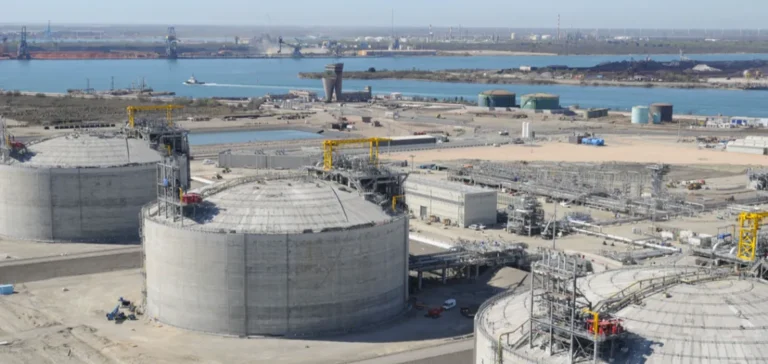The GOCO2 project, initiated in 2021, has entered its public consultation phase. Led by Heidelberg Materials France, Lafarge Ciments, Lhoist, NaTran, Elengy and Réseau de Transport d’Électricité (RTE), it aims to capture and transport 2.2 million tonnes of carbon dioxide (CO2) annually from three major industrial sites in Western France. The total projected cost amounts to approximately €2.5bn ($2.64bn).
A large-scale industrial project with regional coverage
The project spans the departments of Deux-Sèvres, Mayenne, Maine-et-Loire, Ille-et-Vilaine and Loire-Atlantique. CO2 emitted by the Airvault cement plant (Heidelberg Materials), the Saint-Pierre-la-Cour cement plant (Lafarge Ciments) and the lime kilns in Neau (Lhoist) will be captured before being transported to the Montoir-de-Bretagne terminal for processing and export. NaTran (formerly GRTgaz) plans to build a 375-kilometre underground pipeline network linking these sites to the coastal terminal.
Maritime transport and export of CO2
At Montoir-de-Bretagne, Elengy is planning new infrastructure for CO2 liquefaction and transfer to ships for permanent geological storage abroad. This terminal, currently dedicated to liquefied natural gas, would be reconfigured to accommodate this new activity. RTE is simultaneously studying solutions to connect all the facilities to the national electricity grid through new substations and high-voltage lines.
Public consultation and partial state funding
The public consultation is organised under the authority of the Commission nationale du débat public (CNDP) from 29 September to 19 December 2025. Around 40 meetings are scheduled in the areas concerned, while a dedicated website enables the public to access information and submit comments. This phase follows a feasibility study funded by the French State via the ADEME as part of the France 2030 programme, and supported by European funds under the Connecting Europe Facility.
Industrial capacity and regional development
GOCO2 also seeks to secure industrial activity at sites deemed strategic for the regional economy. By reducing CO2 emissions by more than 90%, the project would help maintain skilled jobs in the cement and lime sectors. The shared infrastructure could eventually accommodate other industrial emitters seeking to connect, laying the groundwork for a regional CO2 valorisation sector.






















